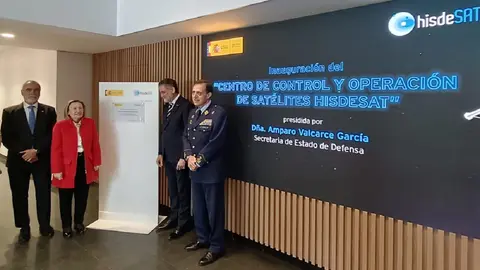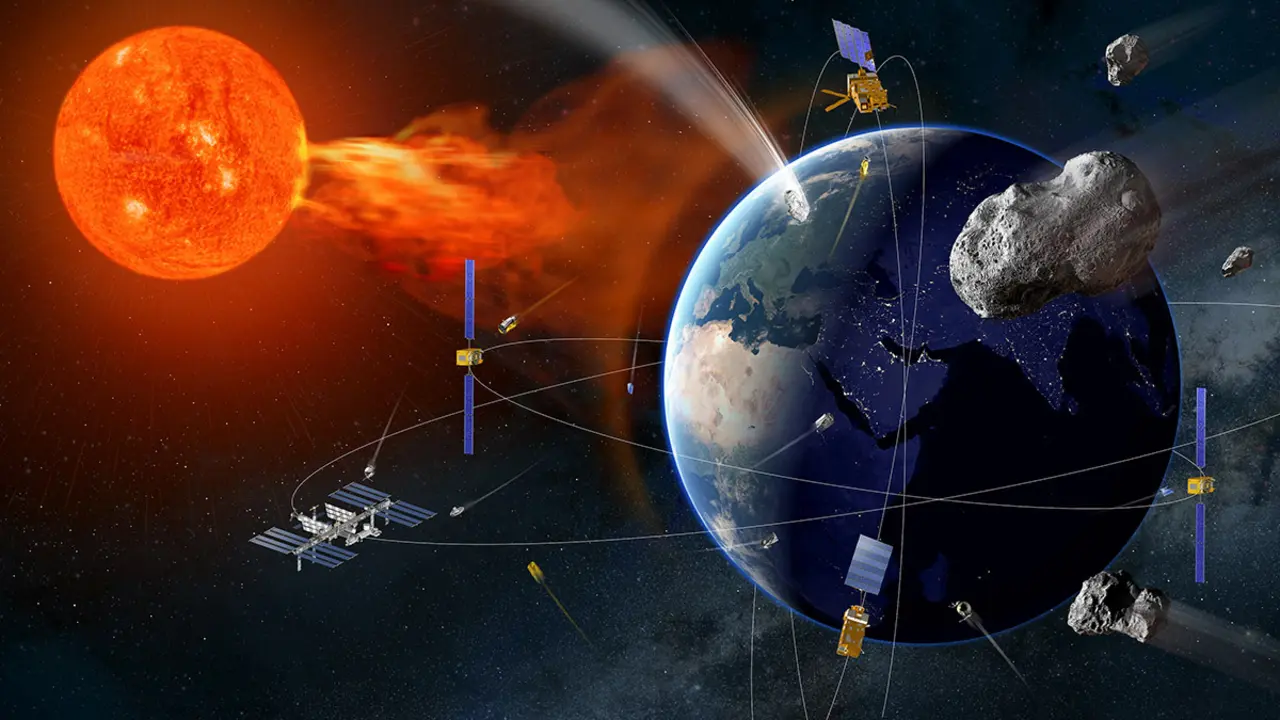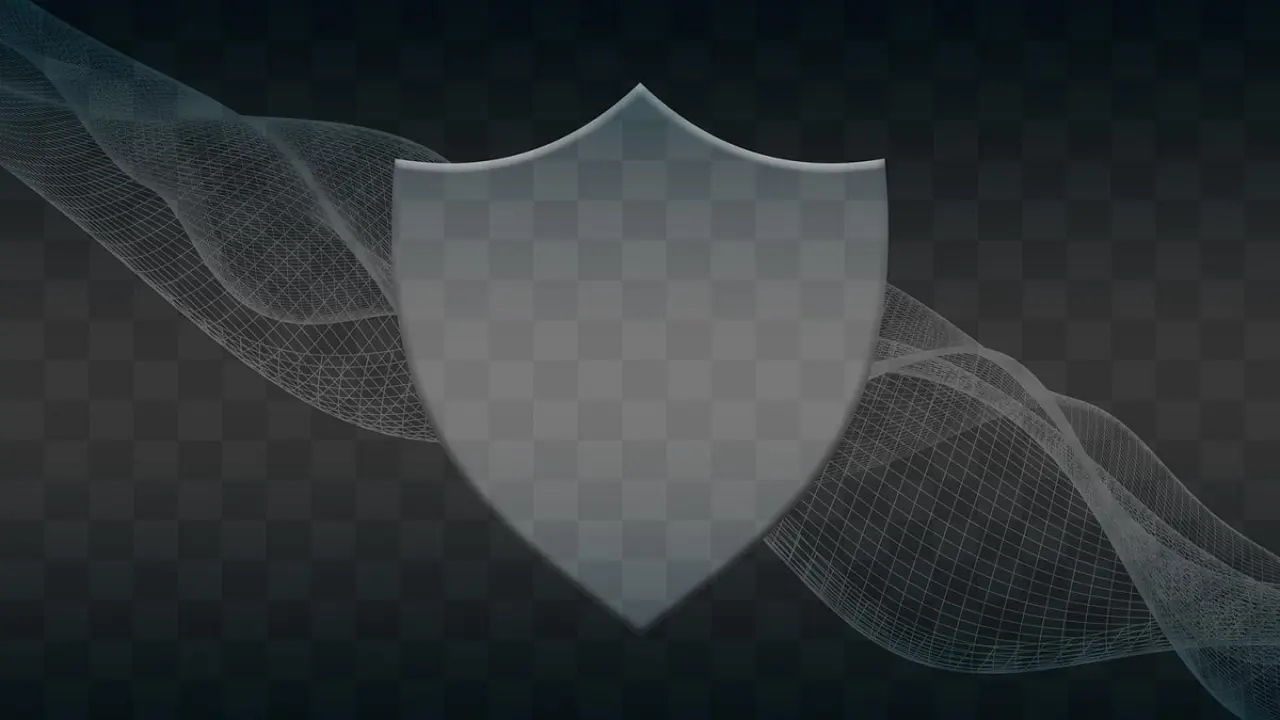Hisdesat is going to stamp its NATO passport with Spainsat NG-1
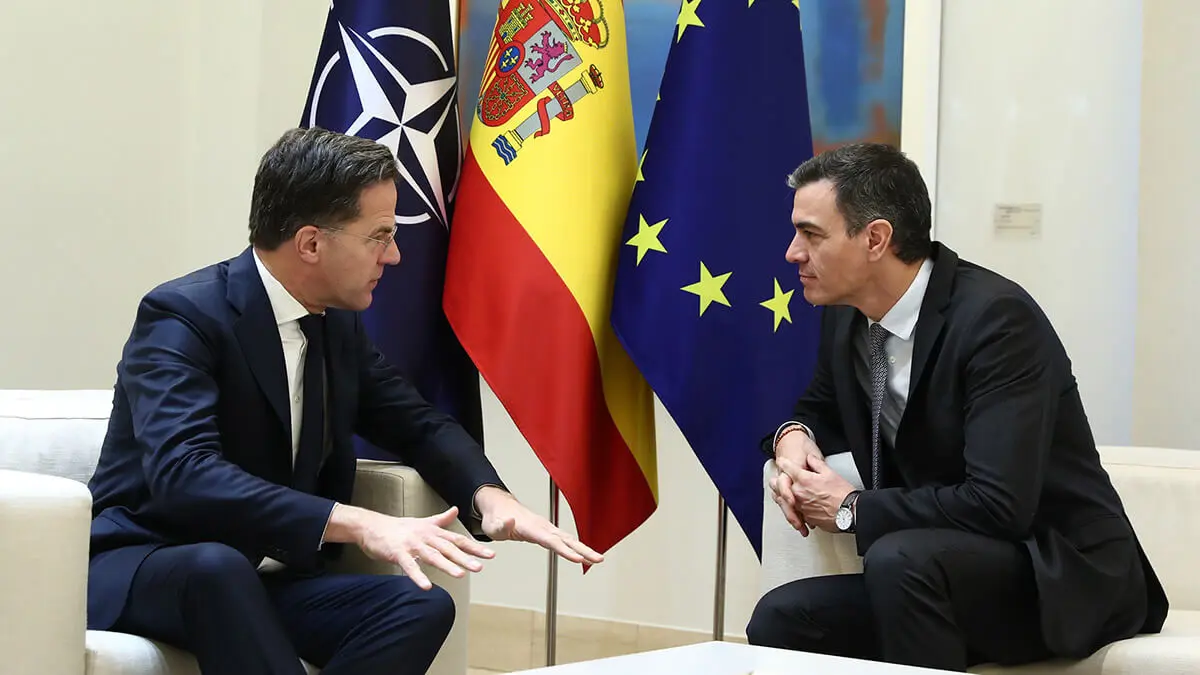
The Falcon 9 launcher, which is responsible for launching the enormous and important Spanish communications satellite Spainsat NG-1 into space in a few hours' time and for admitting Spain into a select and little-known NATO club, is already installed on the LC-39A launch pad at the Kennedy Space Centre in Florida (United States).
The transfer operations from the nearby integration building to the launch area coincided with the meeting at the Moncloa Palace in Madrid between the new Secretary General of the Alliance, Mark Rutte of the Netherlands, and the President of the Spanish Government, Pedro Sánchez.
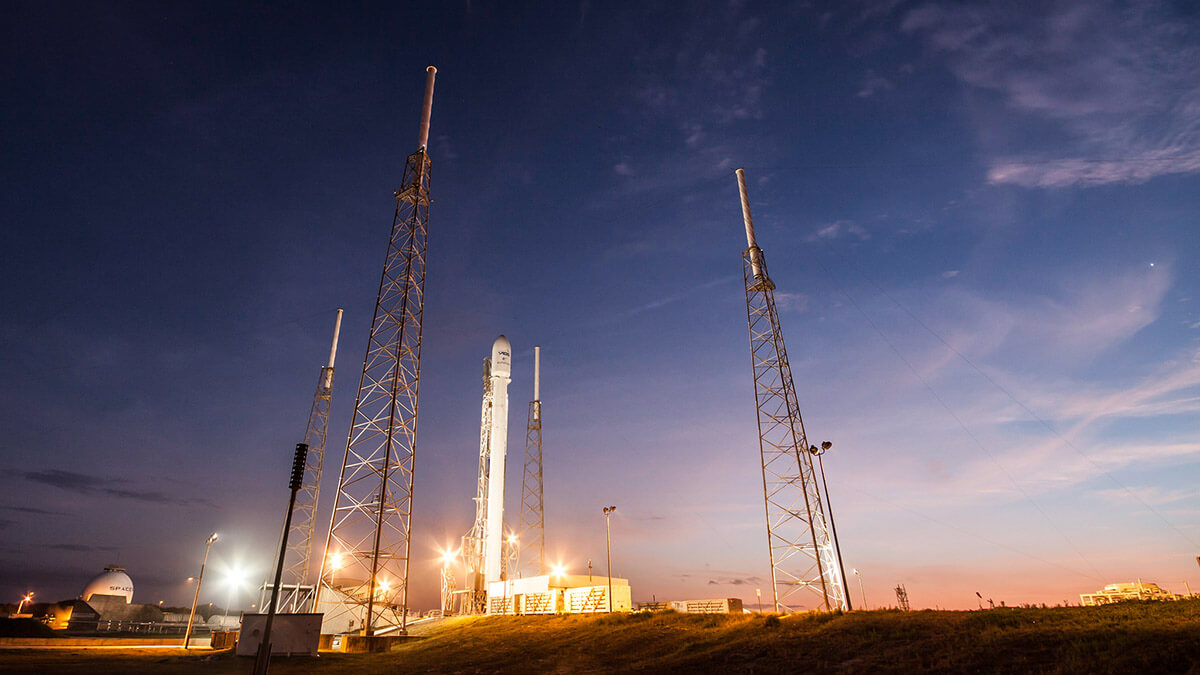
Before the meeting, both had immersed themselves in the reports provided by their advisors and those responsible for military and defence matters. In the case of Sánchez, the director of the Department of National Security, Air Force General Loreto Gutiérrez, the Minister of Defence, Margarita Robles, and the Chief of the Defence Staff, Admiral Teodoro López Calderón.
Rutte was provided with extensive dossiers by the new chairman of NATO's Military Committee, Italian Admiral Giuseppe Cavo Dragone, who has held the post since 17 January, and the executive director since July 2021 of the Alliance's Information and Communications Agency (NCIA), Belgian General Ludwig Decamps.
The NCIA report undoubtedly included Spain's already endorsed access to the CP-130 contract framework, a document that establishes the bandwidth, coverage and power requirements demanded by NATO, satellite communications services that can only be accessed by a very small group of nations. The current Spanish satellites that still provide communications to the Ministry of Defence - Spainsat and Xtar-Eur - do not yet fully comply with the demanding specifications of the defence organisation.
NATO does not buy satellites, it rents capacity
But an agreement in the form of a memorandum of understanding (MOU) between NATO and the Spanish government was negotiated in 2023 and ratified by the parties concerned throughout 2024. The MOU states that the Ministry of Defence, through its government services operator Hisdesat, is committed to ensuring that the high performance of the new Spainsat NG-1 and NG-1 also offer strategic and tactical communications packages to meet the needs of the Alliance's bodies and agencies in the X, UHF frequency bands, and especially in military Ka, a broadband band that is in high demand at NATO.
Therefore, the entry into service of Spainsat NG-1 is essential for the contract already signed between Hisdesat and the NCIA to come into force, which will foreseeably happen from the summer onwards, when the Spanish satellite occupies its definitive geostationary orbital position at 29º East and almost 36,000 kilometres from Earth.
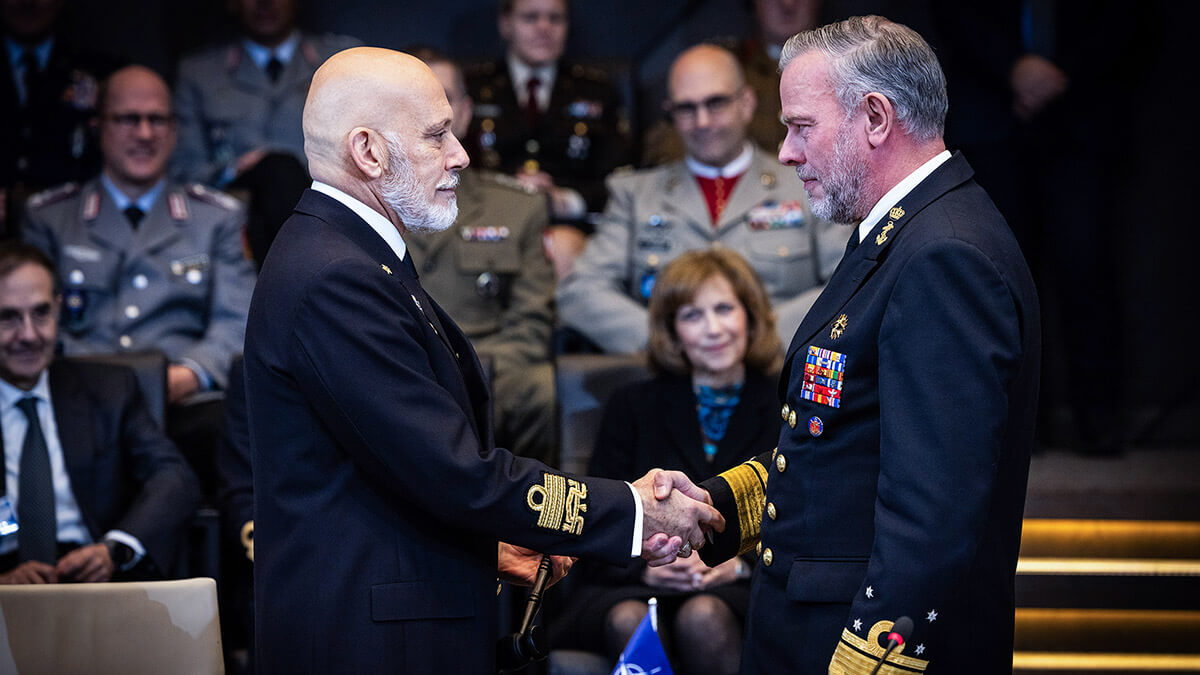
NATO has not had its own secure communications satellites for several decades, but it cannot do without their services. It needs them for its confidential internal communications, its secret contacts and conversations with the civil and military authorities of the organisation's 32 member countries. And above all, it needs them for the command and monitoring of operations carried out by the military forces it has deployed in Europe and other parts of the world.
That is why it hires the use of the remaining capacity of satellite communications networks owned by NATO governments or by companies that have full security guarantees from their respective states and have been accredited by NATO. And that is where Hisdesat's Spainsat NG-1 comes in (NG-2 will follow at the end of the year), as the defence organisation needs to have wide and flexible bandwidths and to have great coverage and capacity for voice and data communications, including with naval and air units.

Until now, within the framework of the CP-130 agreement and the NSS6G project, the NCIA's Joint Services Management Office based in Mons, Belgium, has increased its demands and has in place a contract that began in January 2020 and runs until 2034. It has signed up and will benefit from France, which contributes with its Syracuse 4 military communications constellation operating in the X and Ka bands. It consists of the Syracuse 4A and 4B satellites, launched in October 2021 and July 2023, respectively.
Club members and aspiring members
Italy does so with its ingenious Sicral 2, developed in cooperation with France, which has been in space since April 2015 and operates with transponders in the UHF and X bands. In June 2021, the Ministry of Defence in Rome contracted the Sicral 3B and 3B, which are in production and will operate in the X, Ka and UHF bands.
The United Kingdom is also part of the minority club. Its contribution is the Skynet 5 satellites in the X and UHF bands, a British government operator, Paradigm Secure Communications, a subsidiary of the British branch of Airbus. The constellation originally consisted of four platforms sent into space between 2007 and 2012. The first - Skynet 5A - already requires a replacement, which will be Skynet 6A, which already incorporates the Ka band, and whose launch on a Falcon 9 is scheduled for the end of 2025 or 2026.

Of course, the United States is a priority member of the team. It contributes its high military satellite capabilities through its WGS constellation, which keeps at least four large satellites operating in the X, Ka and UHF bands. It is already preparing a new generation, the first of which, WGS 11, will take to space in 2025 from Cape Canaveral, Florida.
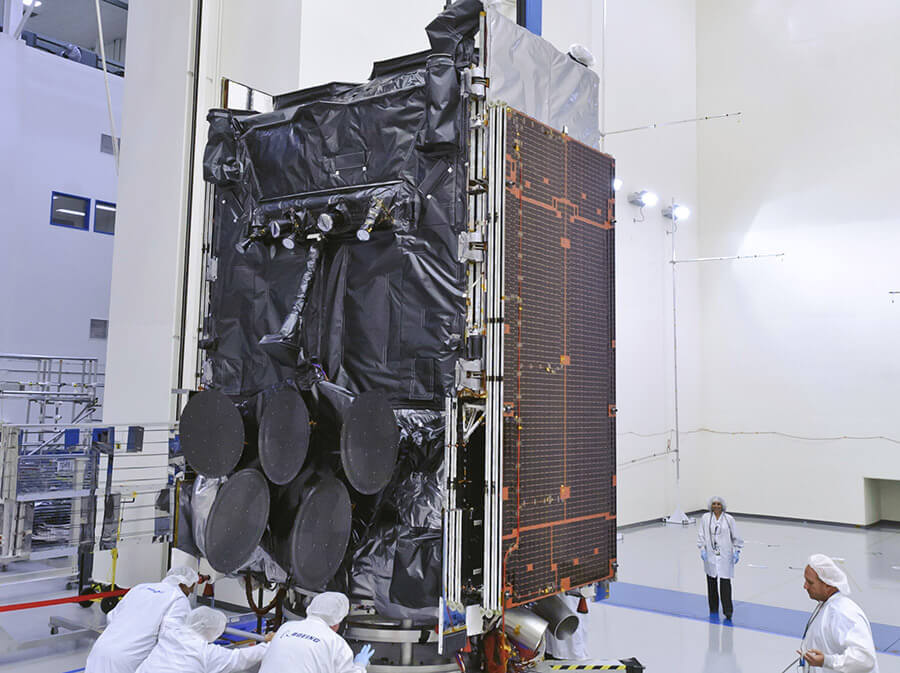
Two nations that, like Spain, are also waiting to enter the business offered by NATO are Germany and Luxembourg. The latter country has, through a subsidiary of its commercial satellite operator SES, the government satellite Govsat 1, in orbit since January 2018 and with transponders in the military X and Ka bands.

The Federal Republic of Germany has at its service the SatComBw 1 and 2 satellites —launched in 2009 and 2019, respectively—but on board they carry transponders in the Ku and C frequency bands, which are not of priority interest to NATO. But last July, the Bundeswehr contracted Airbus Space Systems GmbH to develop SatComBw 3, to reinforce its secure communications capabilities in the X, military Ka and UHF bands and also to provide services to the Alliance.



